405-445-7080
301 W. Reno
Oklahoma City, OK 73102
Crystal Bridge: Ticket Required
Open daily, 9am-5pm;
Sunday, 11am-5pm
Outdoor Grounds: Open daily 6am-11pm
405-445-7080
301 W. Reno
Oklahoma City, OK 73102
Crystal Bridge: Ticket Required
Open daily, 9am-5pm;
Sunday, 11am-5pm
Outdoor Grounds: Open daily 6am-11pm

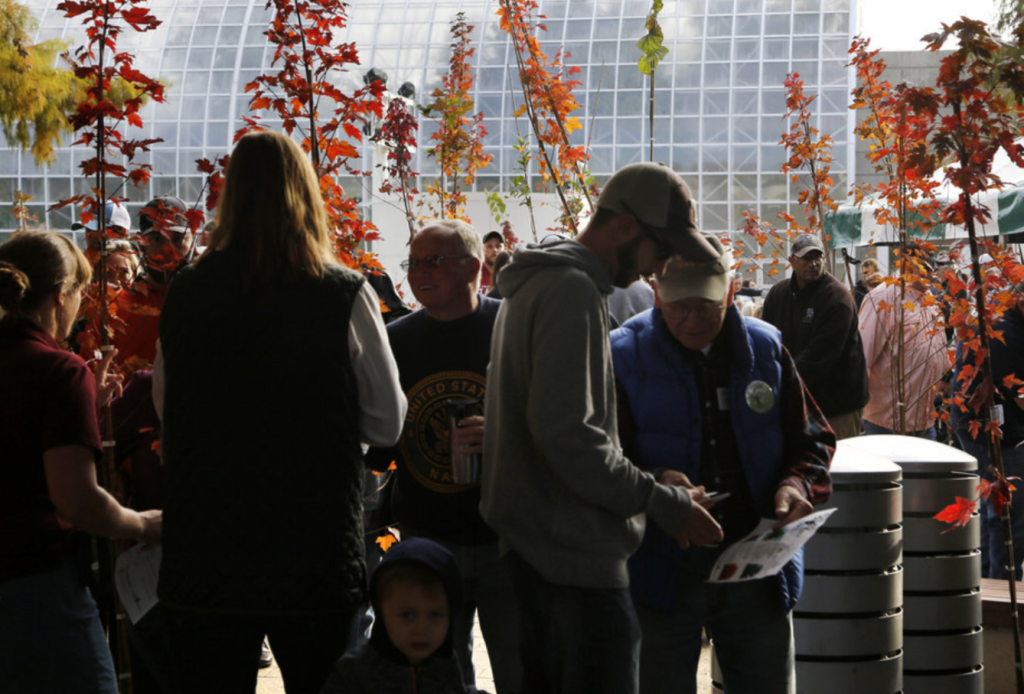
One-gallon Redbud trees will be given away to the first 100 visitors on the day of the sale.
West Plaza, by the Children’s Garden and Carousel
Mark your calendars for the second Saturday of November for our highly anticipated Tree for All event. This year, we have our biggest selection yet, with 800 trees ready to find new homes. We aim to enhance natural beauty and foster environmental improvement through dedicated tree planting. By diversifying Oklahoma’s green canopy, we aim to create a sustainable and biodiverse landscape that benefits everyone.
Families can also enjoy tree activities and educational booths during the event. A special thank you goes to our presenting sponsor, Cox, for their generous support and commitment to our cause.
This Year’s Tree Selections:
$20 – 3 gallon
$25
Purchase Options
Parking and Pickup
Bald Cypress
Taxodium distichum
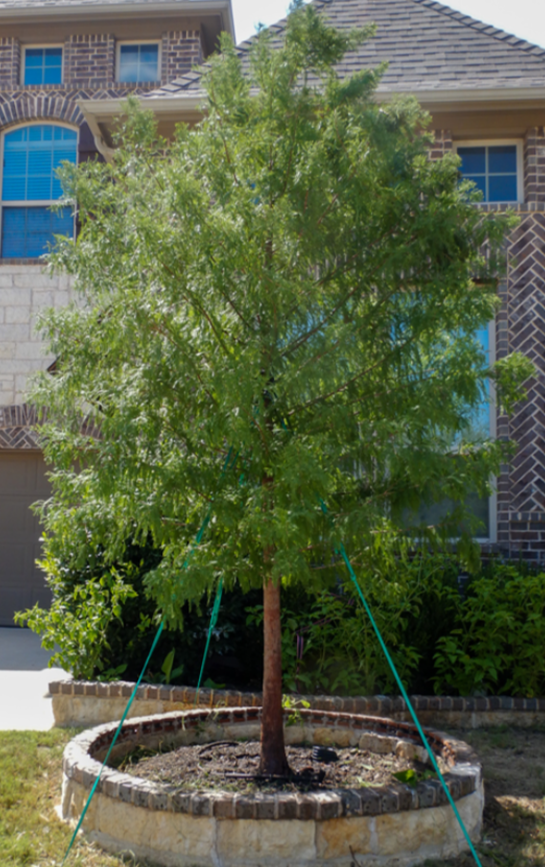
The Bald Cypress is a deciduous (loses its leaves in fall) conifer (cone bearing tree). It is covered with brown or gray bark with long fiber-like or scaly ridges that peel off in strips. Cones are made up of several four-angled, flattened scales. Limbs are often draped with Spanish moss (Tillandsia usneoides).
‘Bubba,’ Desert Willow
Chilopsis linearis
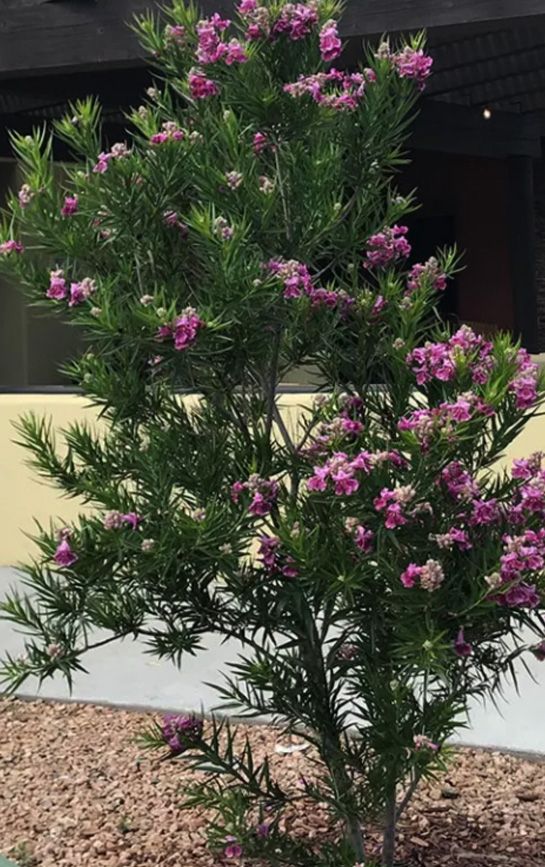
The Bubba desert willow (Chilopsis linearis ‘Bubba’) is a fast-growing, ornamental Texas native reaching 30 feet. It features glossy green leaves and fragrant, two-toned flowers (burgundy, pink, lavender, or purple) from April to October. Drought-tolerant and low-maintenance, it thrives in full sun, well-drained soil, or large pots.
Burr Oak
Quercus macrocarpa

Bur Oak is a large, deciduous tree with a wide, open crown. Usually wider than tall, the tree can exceed 100 ft. in height and width. The massive trunk supports heavy, horizontal limbs and rough, deep-ridged bark.
Loblolly Pine
Pinus taeda
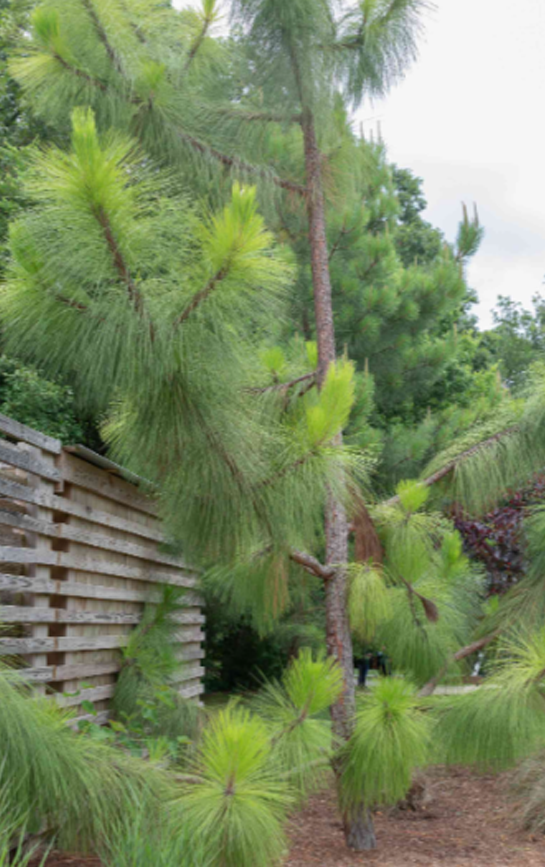
Loblolly pines are classified as yellow, also known as hard pines, because of their resinous, hardwood. They are primarily planted in the southern United States for their lumber but have many other uses, including pulp, boxes, crossties, posts, and fuel. Loblolly pines can live for as long as 275 years.
Persimmon
Diospyros virginiana
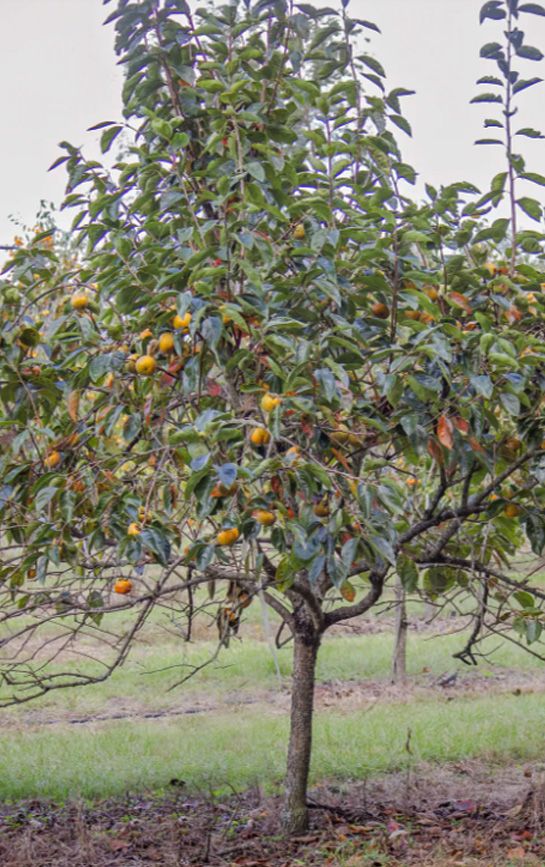
Persimmon trees are drought-tolerant, urban-friendly, but difficult to transplant due to their taproot. They flower in spring with yellow, bell-shaped blooms. Dioecious, they bear large, edible orange-brown fruit after the first frost. The fruit is sweet, tangy, and enjoyed by wildlife but can be bitter if unripe.
Pond Cypress
Taxodium ascendens
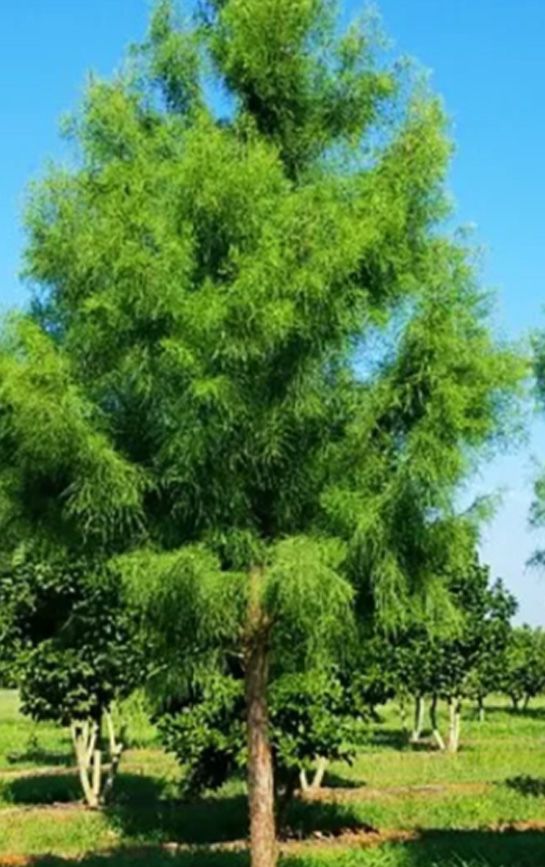
Like bald cypress, it’s a deciduous conifer capable of reaching 80 feet tall, but instead of widespread branches found in bald cypress, the pond cypress has a narrow habit, seldom exceeding 15 feet in diameter. The branches arise at right angles to the main bole, creating a very symmetrical form.
Redbud
Cercis
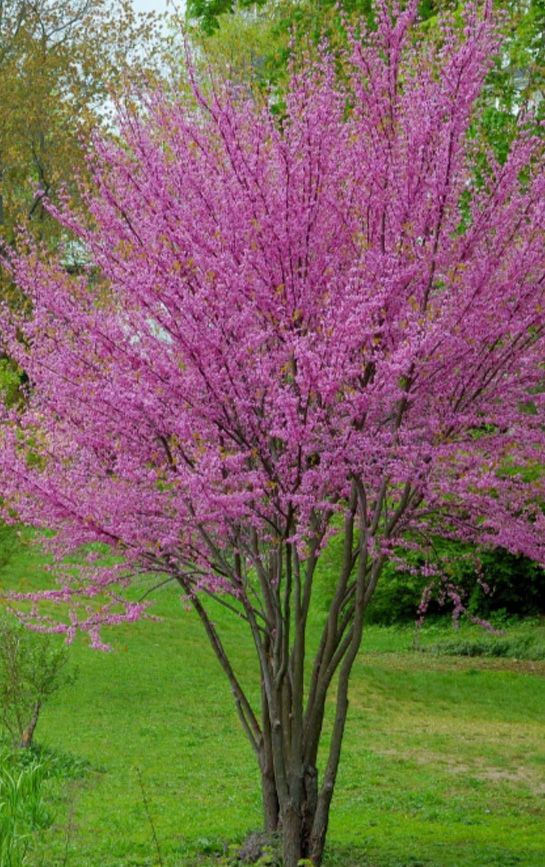
Redbud is a 15-30 ft. tree with one to several picturesque, maroon-purple trunks and a wide, umbrella-like crown. Its pink flowers, borne in tight clusters along the stems and branches before new leaves appear, create a showy spring display. Smooth, heart-shaped, deciduous foliage does not have significant fall color.
Summer Red Maple
Acer rubrum ‘Summer Red’
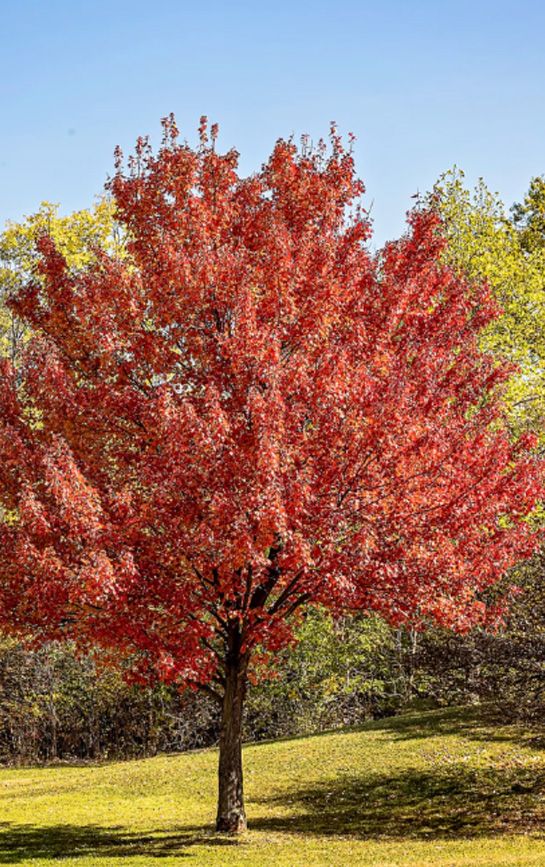
The Summer Red Maple is a special form of the red maple (Acer rubrum), an American native tree that grows all the way from Canada to northern Florida, and west into Texas and Minnesota. In natural areas they are usually found growing in damp places and along streams, but they are also found growing on drier sites.
Sweetbay Magnolia
Magnolia virginiana
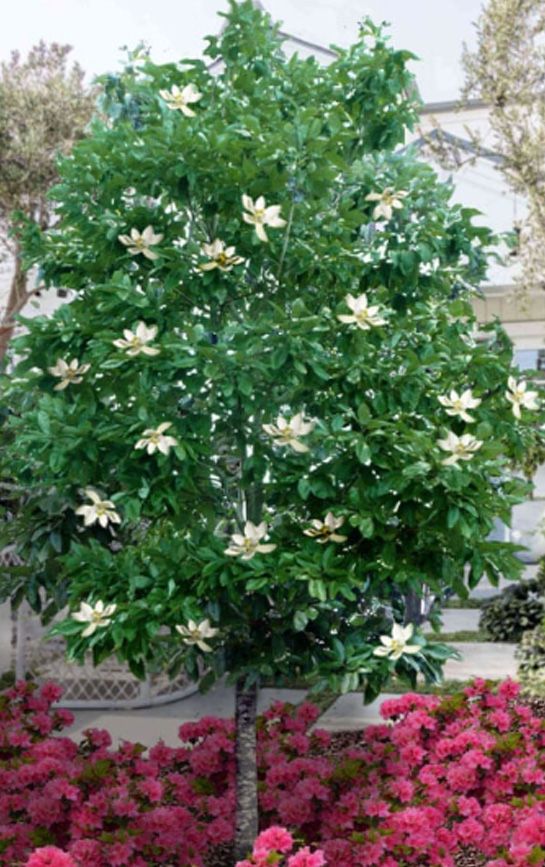
Like other magnolias, the sweetbay magnolia has a large flower that turns into a cone like fruit with attractive, bright red seeds that birds love. The white, cup shaped flower of the sweetbay magnolia has 9-12 waxy pedals that put off a sweet smell.
Pecan
Carya illinoinensis
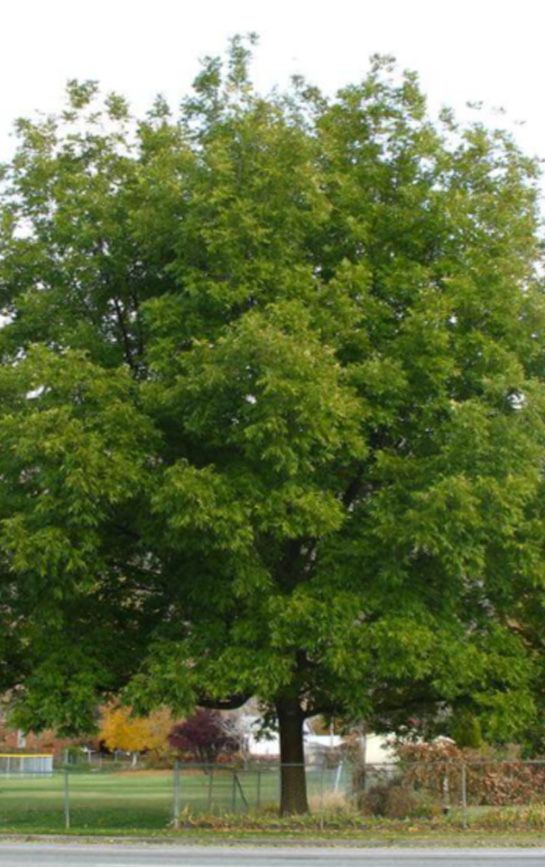
Pecan is a native, medium to large sized deciduous tree ranging from 100-140 feet. The leaves are alternate, pinnately compound, ten to twenty inches long, eleven to seventeen leaflets that are four to eight inches long.
Southern Magnolia
Magnolia grandiflora
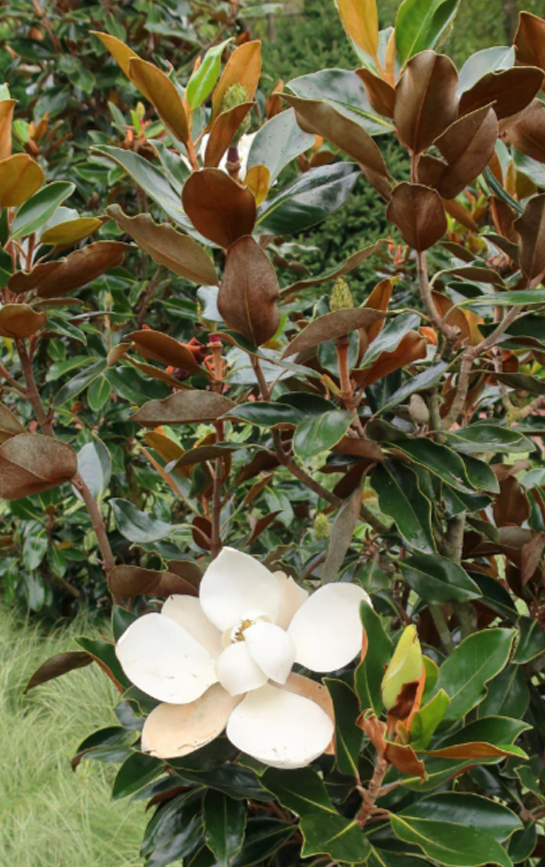
Southern magnolia (Magnolia grandiflora), also called evergreen magnolia, bull-bay, big-laurel, or large-flower magnolia, has large fragrant white flowers and evergreen leaves that make it one of the most splendid of forest trees and a very popular ornamental that has been planted around the world.
See our photo album from last year’s Tree For All!
The annual Tree for All presented by Cox is always the first Saturday of November! We’ll announce the trees for sale as we get closer.
Our mission is to promote natural beauty and environmental improvement through tree planting. By diversifying Oklahoma’s green canopy, we strived to create a sustainable and biodiverse landscape.
By Nate Tschaenn
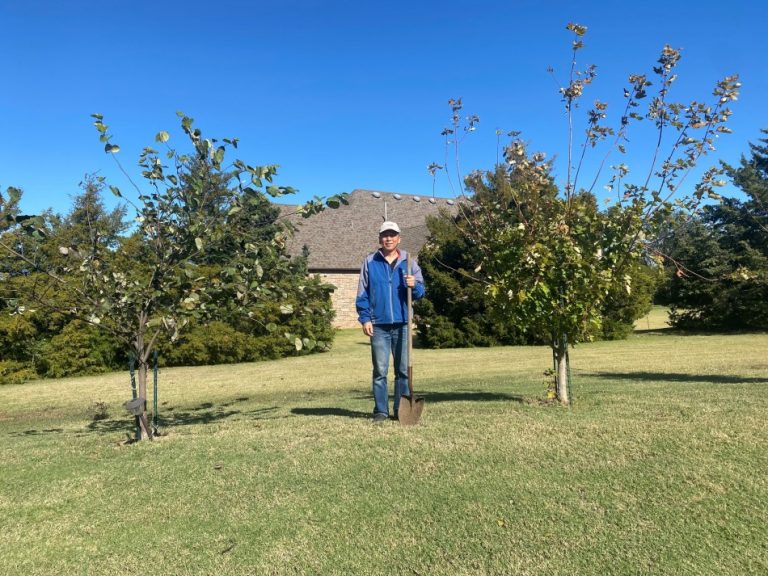
“We absolutely love the trees we purchased a few years ago at the annual Tree For All event. Thank you to Cox Communications and the Myriad Botanical Gardens for putting on such an amazing event. These hardy trees have braved the wild Oklahoma ice storms and freezes. It feels good knowing we are making a difference in the environment all while beautifying our yard!”
-William and Jenni Choi, Edmond, Oklahoma
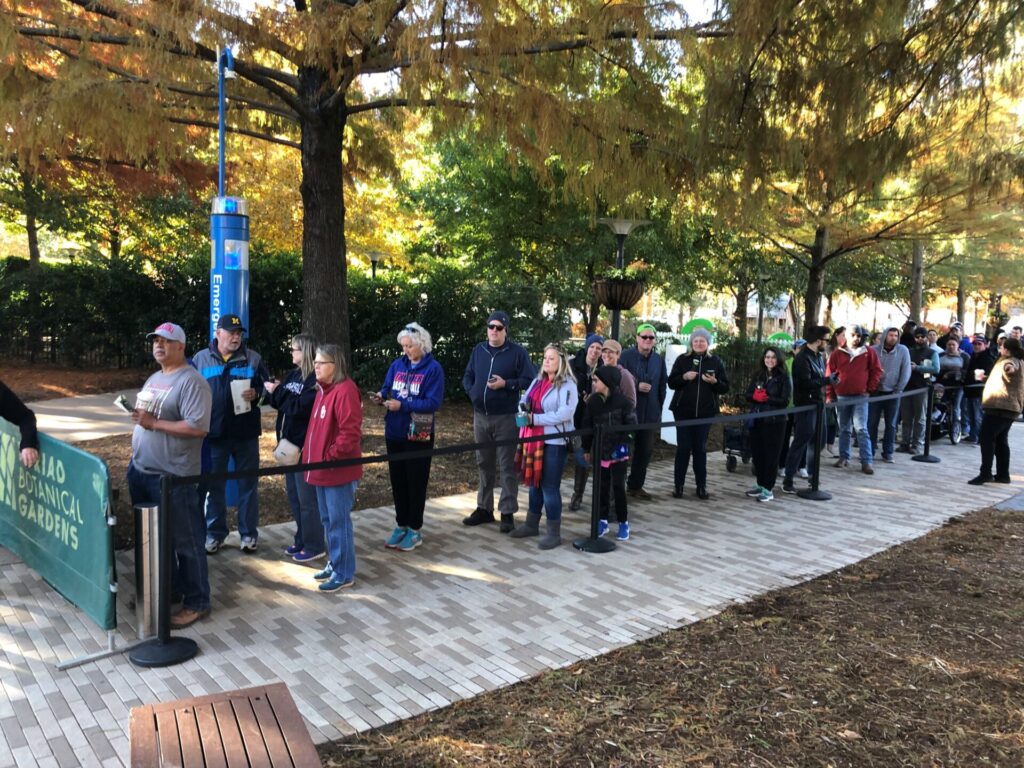

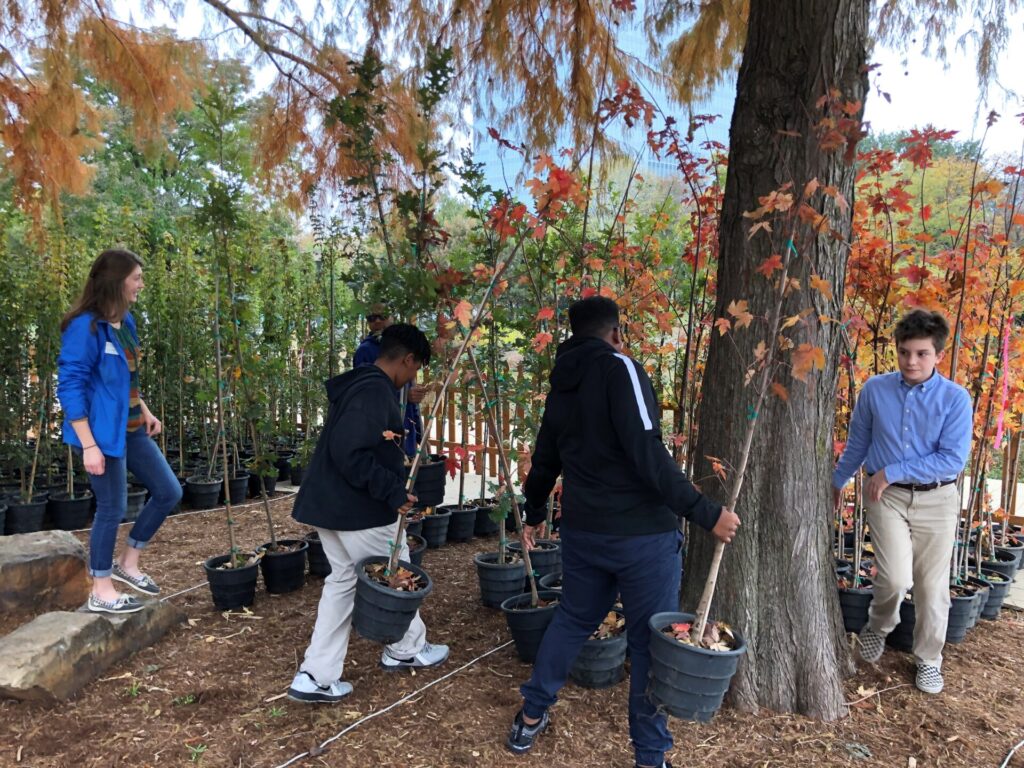
© 2024-2025 Myriad Botanical Gardens | Site by Hester Designs